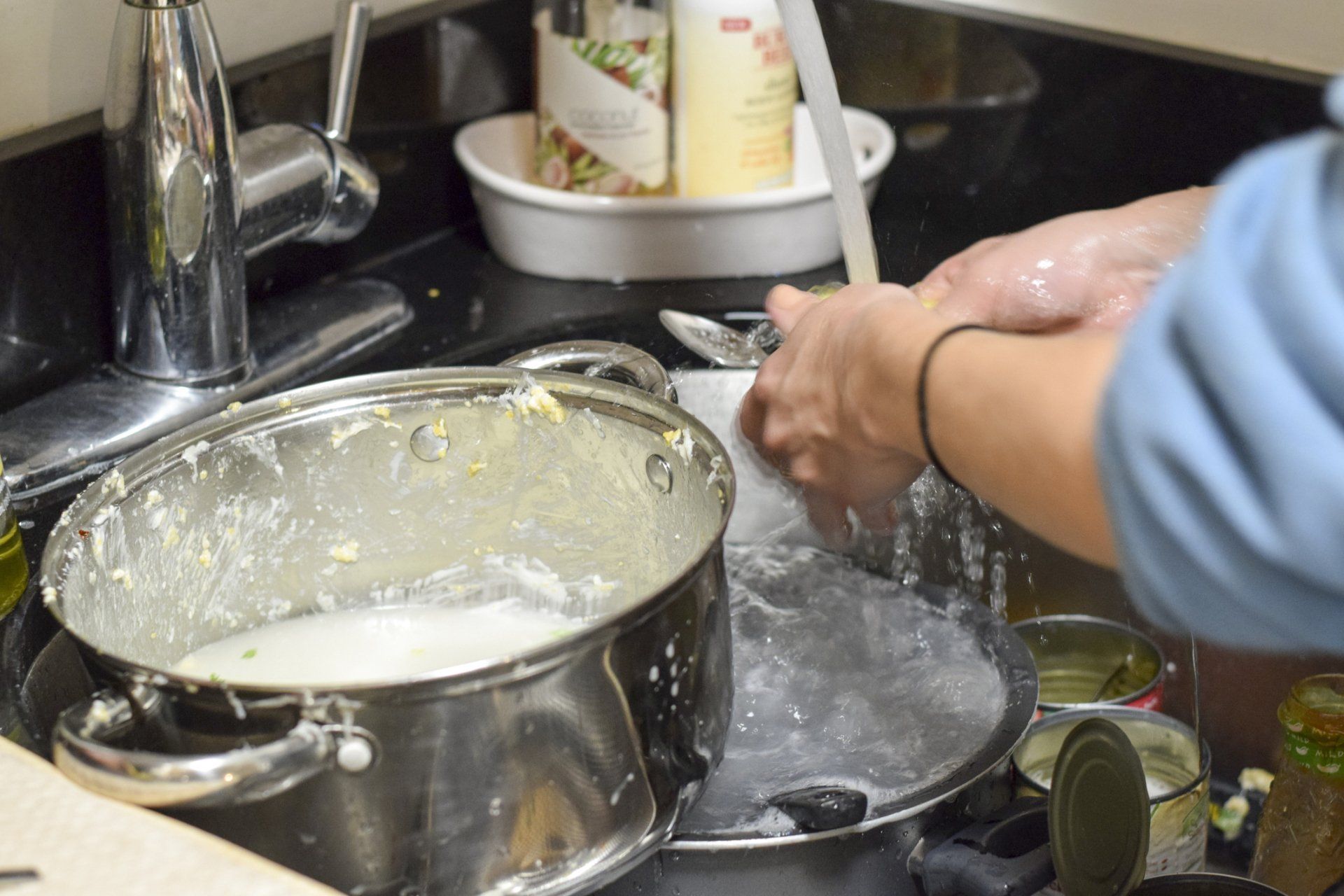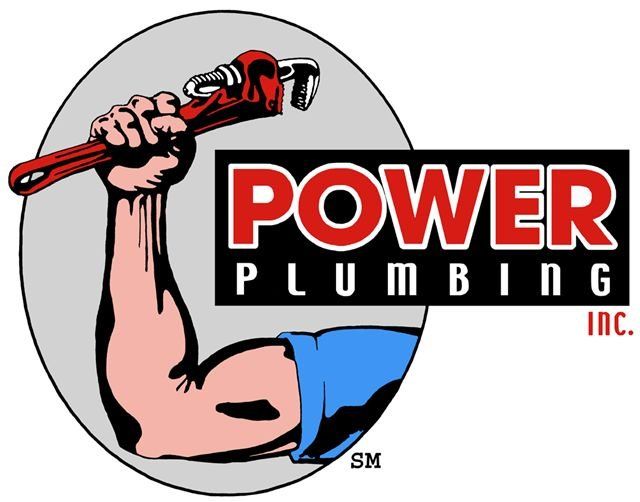Easy Ways to Save Water in the Kitchen
- By Admin
- •
- 22 May, 2019

How can you save water in the kitchen? Whether saving the environment is a top priority or you need a price break, you can reduce overall water usage with a few simple strategies. Before wasting another drop, take a look at the top plumbing tips for saving water in the kitchen.
Repair Leaks Right Away
One trillion
gallons of water are lost annually due to household leaks, according to the U.S. Environmental Protection Agency. The drip coming from your kitchen sink faucet is costing you money - and costing the environment.
The most common causes of a leaky kitchen faucet include:
The most common causes of a leaky kitchen faucet include:
- The O ring. This small disk inside the faucet spout can wear out, allowing water through and causing a leak.
- Worn washers. Like the O ring, the rubber washers in your faucet's assembly can wear out, allowing water to drip from the spout.
- Corroded valve seat. Sediment in the water can cause this connection between the spout and faucet to corrode.
- Improper installation. An improperly installed faucet (at any point in the assembly) can cause drips or larger leaks.
Fill the Dishwasher Completely
While leaving dirty dishes in the appliance may seem unappealing, waiting to run the washer until it's full can save you money in the long run. Instead of running multiple partial loads every day or week, only use the dishwasher when it's full.
Like with the kitchen sink, make sure there are no leaks or malfunctions with this appliance. If you're losing water somewhere along the line into the washer, you're also losing money. A plumber can evaluate your washer for damage or wear and tear issues and recommend repairs as needed.
Like with the kitchen sink, make sure there are no leaks or malfunctions with this appliance. If you're losing water somewhere along the line into the washer, you're also losing money. A plumber can evaluate your washer for damage or wear and tear issues and recommend repairs as needed.
Don't Defrost in the Sink
Placing frozen meat or poultry in a bath of warm water is an easy way to defrost your next meal. If you fill a pot or container with water, turn the faucet off, and leave the meat to thaw, you won't waste money.
But if you place the frozen food in the sink and let the warm water run, you're using a lot of extra water. Instead of the drip or slow stream method, defrost food in the refrigerator, microwave, or a bath of still water.
But if you place the frozen food in the sink and let the warm water run, you're using a lot of extra water. Instead of the drip or slow stream method, defrost food in the refrigerator, microwave, or a bath of still water.
Soak Instead of Scrubbing
If the stuck-on mess from your last cooking session is making it hard to keep your pots and pans clean, don't scrub your cookware under a constantly running stream. This wastes water and money. Instead of scrubbing, place hard to clean pots and pans in the sink, fill them with water, and let them soak. This loosens the mess, making it easier to clean the items later.
Scrape Instead of Rinsing
Using a dishwasher doesn't mean you don't need to hand-wash your kitchenware. Before placing anything in the dishwasher, remove pieces of food and other debris. This makes it easier for the washer to work, and you reduce the risk of clogs.
Avoid adding to your monthly water bill by scarping excess food into the trash - instead of rinsing it in the sink.
Avoid adding to your monthly water bill by scarping excess food into the trash - instead of rinsing it in the sink.
Fill a Pot
If you hand-wash your dishes, fill a large pot that you need to clean anyway partially with water. Place the dirty dishes into the water, clean them, and rinse as needed. You'll get your dishes and your cookware clean without running the water for minutes or more.
While this method reduces water usage it can pose a health risk if not done properly. Never add raw meat, poultry, or another contaminant covered item to the mix. Wash these items separately to maintain a healthy kitchen environment. Another option is to invest in a high-efficiency dishwasher instead of handwashing.
Do you have a leaky kitchen sink or another similar water-wasting problem? Contact Power Plumbing Inc. for more information.
While this method reduces water usage it can pose a health risk if not done properly. Never add raw meat, poultry, or another contaminant covered item to the mix. Wash these items separately to maintain a healthy kitchen environment. Another option is to invest in a high-efficiency dishwasher instead of handwashing.
Do you have a leaky kitchen sink or another similar water-wasting problem? Contact Power Plumbing Inc. for more information.





